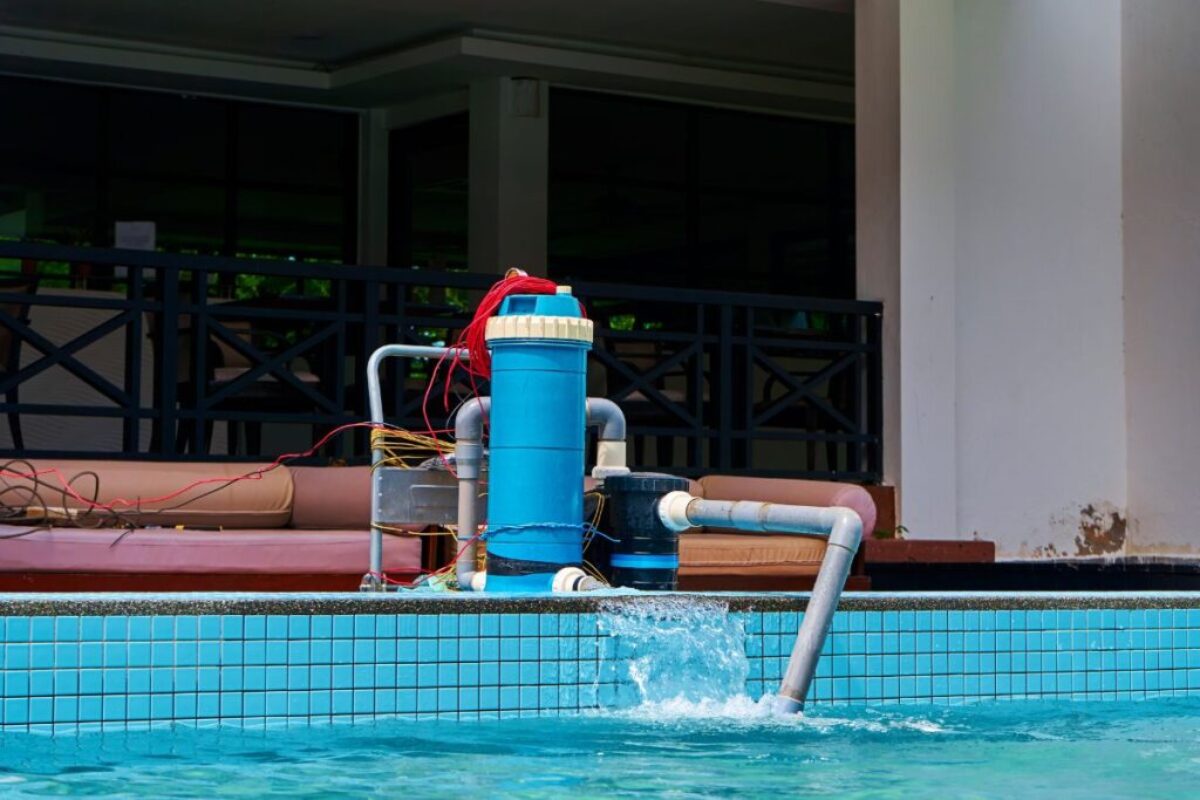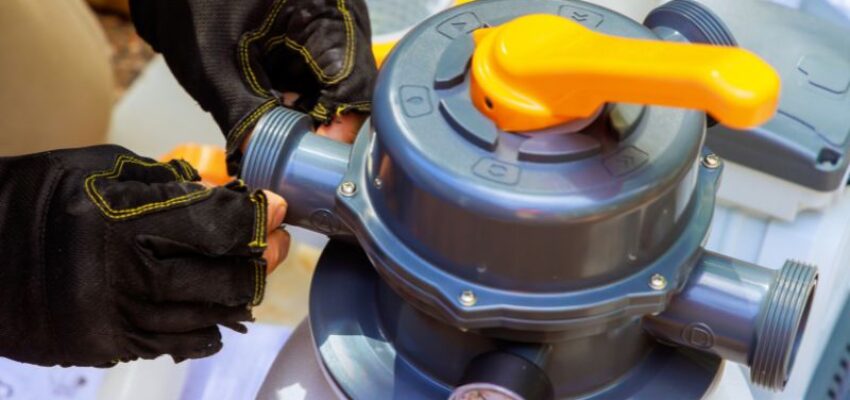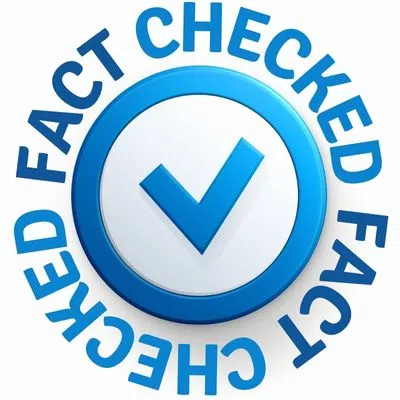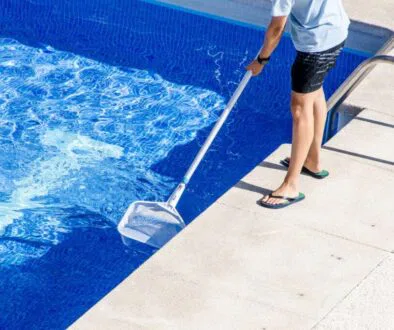How to Prime a Pool Pump and Maximize Your Pool’s Efficiency

Published April 16, 2025
Ever turned on your pool pump only to hear it whirring like it’s doing something, but nothing’s happening? You’re not alone. One of the most overlooked steps in pool maintenance is learning how to prime a pool pump properly. Without it, your system can’t do its job, and your water stays murky.
Whether you’ve got a sand filter setup, a Hayward pump, or your pump sits higher than your pool, this guide breaks it all down. Priming isn’t just a chore, it’s the key to clean, cost-efficient pool fun. Ready to stop wasting time and start swimming? Let’s dive in.
But before we jump into the how-to steps, let’s take a quick look at what the latest research says about pool pump priming and efficiency.
Why Priming a Pool Pump Still Matters
The U.S. Department of Energy rolled out new rules for pool pump motors to improve energy efficiency, and guess what? A well-primed pump plays a big part. Variable-speed models now lead the pack for saving energy, and clean water starts with smart prep.
New pump designs even include self-priming features, but that doesn’t mean you can skip the basics. Keeping air out of your system, checking seals, and priming regularly are still must-dos for any pool owner.
Why Priming Your Pool Pump Is Non-Negotiable
Imagine your pump wheezing like it just ran a marathon, but no water’s moving. That’s your pump gasping for help. Without proper priming, you risk inefficient circulation, dirty pool water, and costly repairs. Priming isn’t just a step; it’s a necessity.
It sets your pool pump up to function like a well-oiled machine, maximizing both performance and energy efficiency. Whether you’re wondering how to prime a Hayward pool pump or one with a sand filter, it all starts here. Clean pool water isn’t luck, it’s prep. So before blaming the pump, ask: did you prime it like a pro?

What Happens If You Don’t Prime Your Pump?
Let’s get brutally honest, skipping priming is like expecting a car to run without fuel. Pumps that pull in air instead of water struggle, overheat, and wear out faster. You might notice cloudy water, strange noises, or rising electric bills. Worse, a pump that’s running dry could damage internal components.
If you have a setup where the pump sits higher than the pool, learning how to prime a pool pump that is higher than the pool becomes even more critical. Prevention beats repair every time, and knowing this simple technique could save you hundreds in maintenance costs.
Step-by-Step: How to Prime a Pool Pump the Right Way
Start by turning off the pump’s power, safety first. Close the main drain and skimmer valves. Then, open the pump lid and inspect the basket for debris. Using a hose or bucket, fill the pump pot with water until it’s full.
Quickly and tightly secure the lid to block air. Open the air relief valve on your pool’s filter system. Turn the pump back on and watch the magic. If bubbles persist, repeat the process. Whether you’re learning how to prime a pool pump with sand filter or another system, this sequence stays mostly the same.
Here’s What to Check
Sometimes you do everything right and it still won’t prime. Don’t stress, it might be a sneaky air leak or a loose seal. Double-check the pump lid’s O-ring: is it clean and properly seated? Are all valves securely closed? Is your water level high enough?
These small details make or break the priming process. Watching a how to prime a Hayward pool pump video can help spot common errors. If bubbles keep returning, you may need to reseal, refill, or even replace old components. Think of this like CPR for your pool pump, trial and error until it comes back to life.
Priming Different Pool Pump Setups: What Changes?
All pumps need priming, but how you do it can change based on your setup. Got a sand filter? The key is making sure the multiport valve is set correctly, usually to “filter” or “recirculate.” Priming a Hayward pump? Their clear lid design makes it easier to monitor bubbles and flow.
Have an above-ground setup where the pump is higher than the pool? That’s trickier. You’ll likely need a check valve to maintain suction or manually create flow. Regardless of the system, knowing how to prime a pool pump specific to your equipment is what separates pool rookies from pros.
FAQs
What is the best way to prime a pool pump?
Turn off the pump, fill it with water, close the lid tightly, and turn it back on. This pushes out the air and helps the pump work right. Always check for leaks or loose parts.
How can I make my pool pump more efficient?
Keep it clean, run it during off-peak hours, and make sure it’s primed. Clean filters and tight seals also help save energy.
What is the best way to prime a water pump?
Just like a pool pump, fill it with water, remove any air, and seal it tight. Then turn it on and watch for steady water flow.
What is the most efficient schedule for a pool pump?
Run it 6–8 hours a day, mostly during the day when the sun is out. This keeps the water clean and saves power.
Is it better to run pool pump at night or day?
Day is better because sunlight helps grow algae, and the pump stops it. But if power is cheaper at night, you can run it then too.
Final Thoughts
Priming your pool pump might sound tricky, but it’s actually easy once you know how. It helps your pump work better, keeps your water clean, and can save you money on repairs. If you live in a place where it gets cold or you just opened your pool for the season, don’t skip this step!
Still not sure if you’re doing it right? That’s okay, Excel Pool & Patio Solutions is here to help. Our trained pool experts in Boca Raton can fix pumps, clean your pool, and even build you a brand-new one. Call us today at (561) 774-0725!
Hire Boca’s Favorite Pool Builders
Excel Pool and Patio Solutions is your trustworthy provider of pool services in Boca Raton. We are experts in pool and patio remodeling and can handle your resurfacing needs as well. Our technicians are vetted and trained for your guaranteed satisfaction. Get to know us by browsing our website or reaching out to us with any questions.
Contact our team today to request a free estimate for pool construction, maintenance, repairs and more.

Fact Checked By Experts
This is original content and has been diligently fact checked by our internal team of experts. Discover more about the rigorous editorial standards we uphold for our website here.

About The Author
Meet Rei Bayucca, a seasoned writer with extensive expertise across multiple industries. Her mission is to captivate and enlighten readers with insightful and masterfully-written articles that both inspire and inform.



